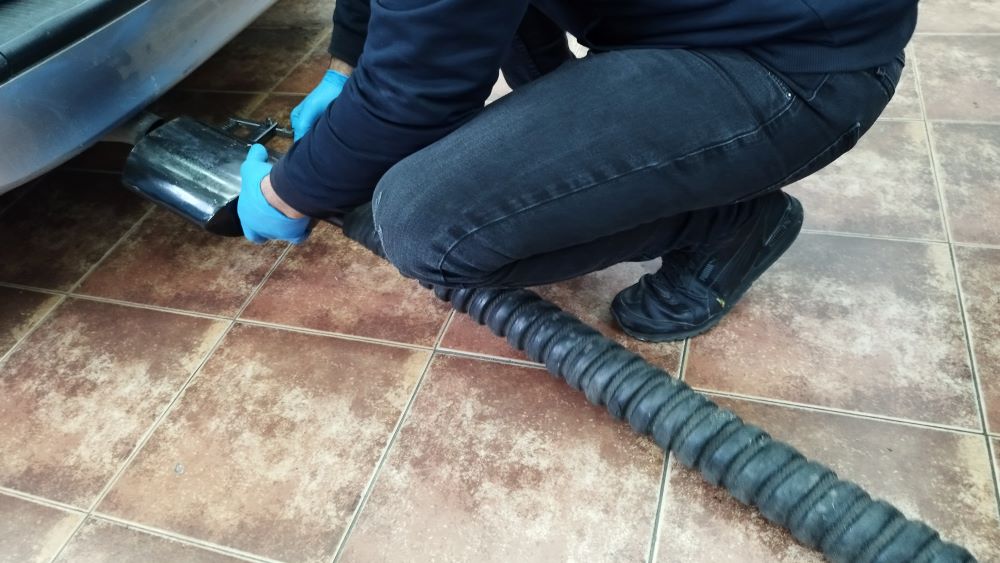Workshop Ventilation
Proper ventilation is required for work in the workshop. There are many rooms and places where the air quality is impaired which can lead to accidents and illnesses. The choice of proper ventilation depends on the sources of pollution, such as:
– Exhaust gases from the engine
– Fumes in the painting process
– Welding places
– Space for liquid storage
– Dust when servicing brakes, exhaust manifold and other harmful components
– Air conditioning servicing
In low-exposure situations, ventilation can be provided naturally by opening doors and windows. However, when exposure to harmful fumes, gases or dust is high, mechanical ventilation of the work area is required.
Internal combustion engines produce dangerous exhaust gases when they are running. In a closed space, carbon monoxide (CO) is dangerous because it is colourless and odourless and easily binds to red blood cells that cannot carry oxygen through the body. While the engine is running, the toxic concentration of carbon monoxide in a closed room increases rapidly, causing suffocation and death. That is why it is mandatory to connect the ventilation hose to the exhaust system that conducts exhaust gases outside the closed room into the outside atmosphere.
Don’t think that catalytic converter vehicles can be safely operated indoors. Catalysts serve to reduce the concentration of harmful components from the exhaust gas, but they cannot completely remove them. In addition, catalysts cannot eliminate the increased concentration of carbon dioxide and compensate for the lack of oxygen.






